You’re sitting on the couch watching your favorite home improvement channel, or you’re browsing the Internet and come across a great home project you’d love to create.
Maybe it’s a raised-bed garden, a beautiful built-in bookcase, or a wall tunnel for your cat.
Whatever it is, you’re probably saying to yourself, “That looks easy. I can do that.”
Hold up.
Before you make yourself into Tim “The Toolman” Taylor with your epic flub in home renovations, ask yourself if you’re really capable of getting the job done.
Here are a few questions to ask yourself:
 Do I have the time?
Do I have the time?
Home improvement projects rarely go like they should, and can be more time-consuming than they first seemed.
Nothing is as easy as the pros make it look, so make sure you have a realistic time frame in mind, and that you are able to continue the project if something goes wrong.
If you don’t have the time (sorry, you really can’t finish your whole basement in a weekend), think about hiring a contractor.
Do I have the knowledge?
If you have vast experience in plumbing, feel free to change out that toilet or move your shower
You might want to take a class or call a pro if the answer is no.
If you know electricity really well, and understand codes and safety measures, then you can probably safely add lights or plugins without much concern.
However, if you find yourself thinking, “I need to YouTube this,” and it involves gas, fire, electricity or water, the safe bet is to pay someone else to do it, or really invest in a good class that can show you how to do it.
Don’t let your ego be the reason your house floods or burns to the ground!
Do I have the patience?
This aspect is often underestimated, but the reality is that many people get frustrated with home projects and tend to leave them unfinished.
If you’re a couple starting a project, keep in mind that this may either be a bonding experience or a “You’re sleeping on the couch” experience. There tends to be no middle ground.
If you have little tolerance for things going wrong, or for small injuries you may acquire, just hire the professional and relax while someone else does the work.
Which is more expensive: Doing the work, or hiring a professional?
Another important part of deciding whether to DIY or outsource your project is deciding if you can afford it.
Strangely enough, it often ends up being more expensive to do it yourself, as you may buy more product than you need, or you may mess up entirely and have to go purchase items again.
Also, you’re spending your time and energy, and time is money! Often, a contractor can get the job done in half the time you can, and they get discounts on products and appliances they need to get the job done.
While it’s maybe a little less exciting than doing it yourself, you may save yourself money in the long run. And you’ll be supporting local business by doing so!

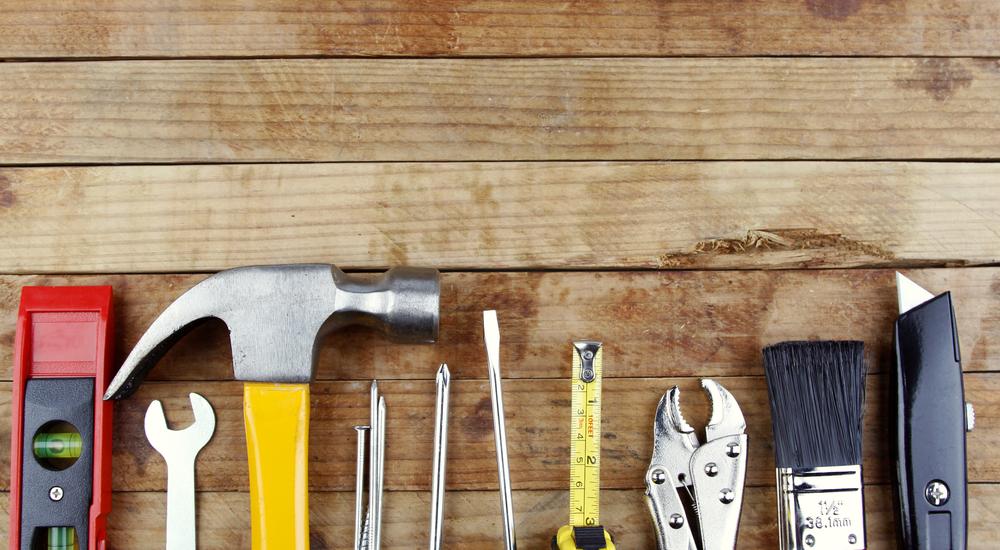

 You know that great curb appeal your house had when you first bought it? Is it looking a little haggard?
You know that great curb appeal your house had when you first bought it? Is it looking a little haggard?


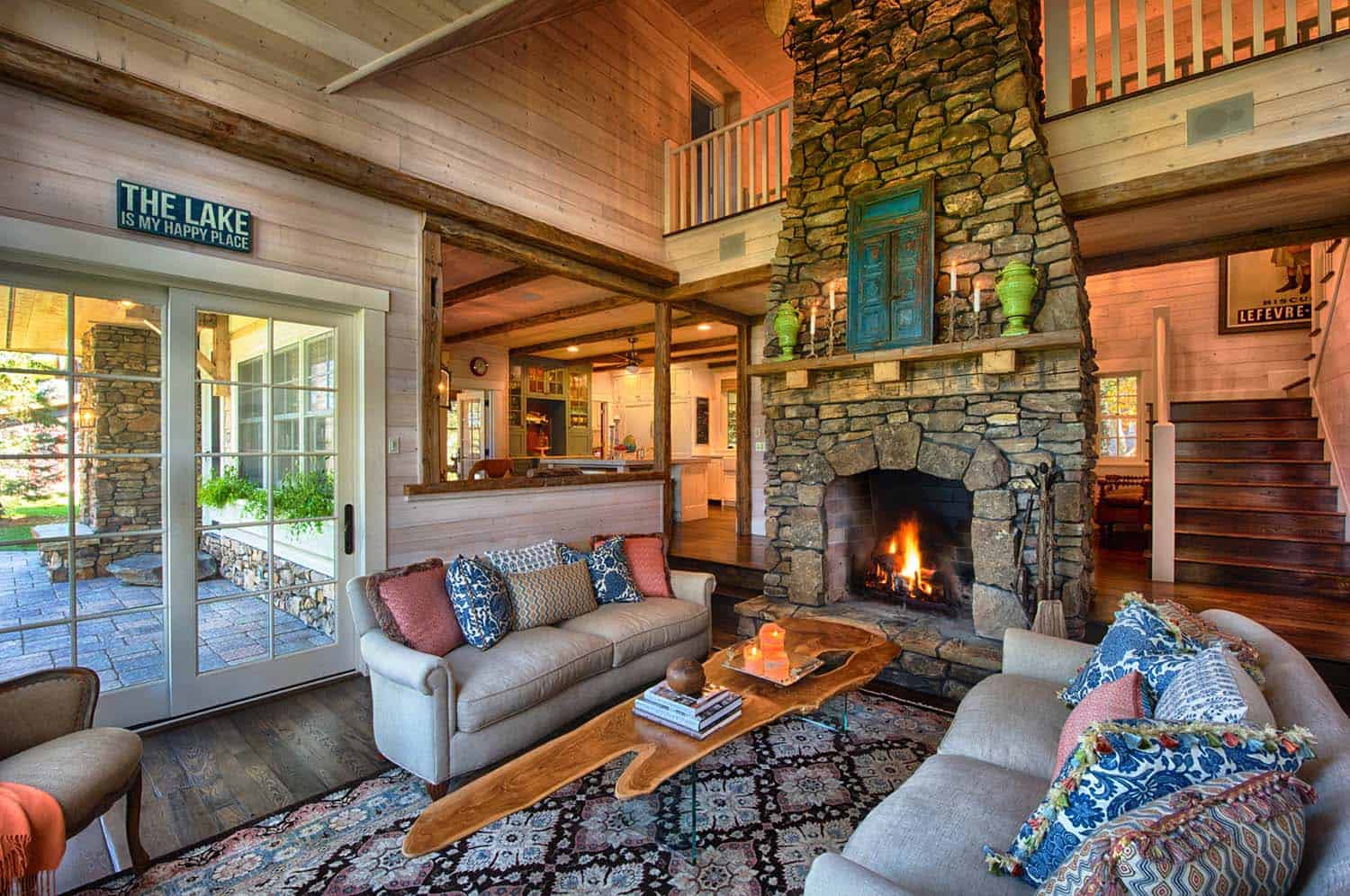
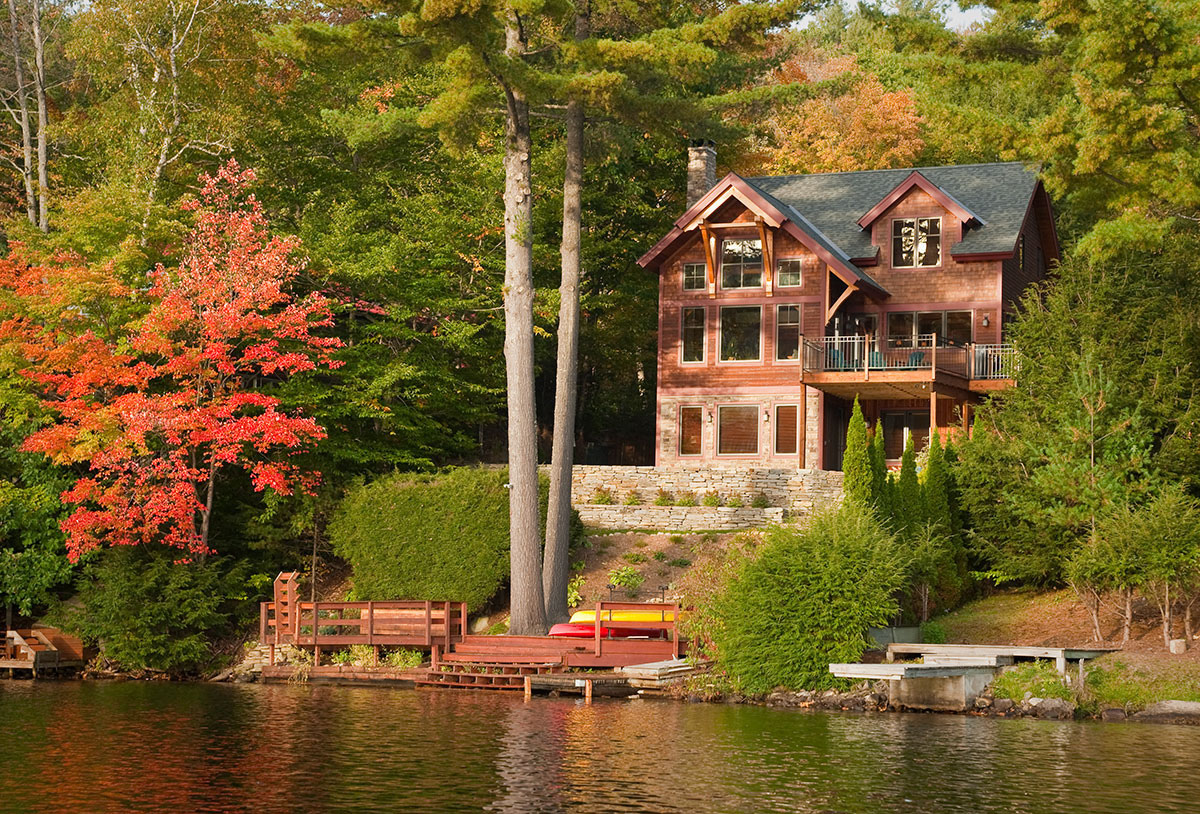



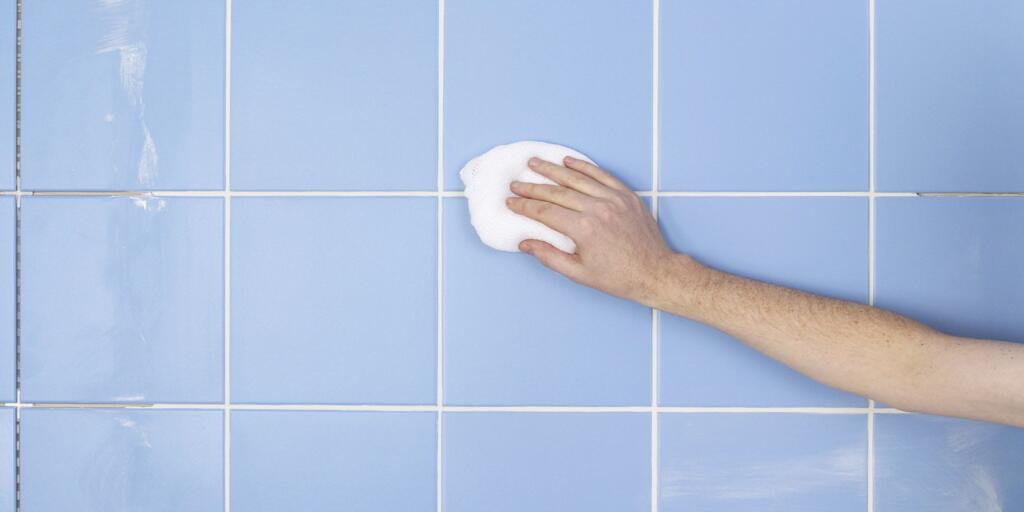
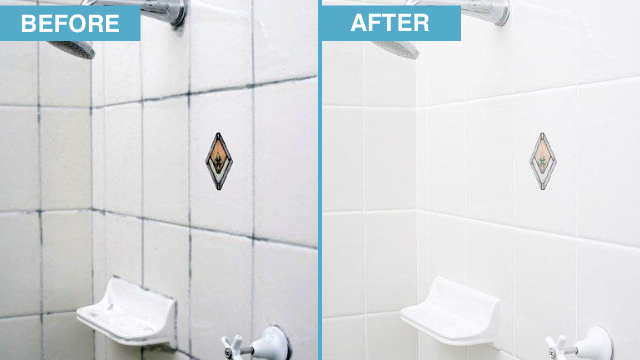
 This is one of the rooms in the home that can make or break the sell. Even if it is a smaller kitchen, it can be perceived as “comfortable” and not small. You can redo the kitchen very cheaply.
This is one of the rooms in the home that can make or break the sell. Even if it is a smaller kitchen, it can be perceived as “comfortable” and not small. You can redo the kitchen very cheaply. Besides the kitchen, the bathroom is another focus point when a homebuyer is inspecting a potential home. You can upgrade the bathroom or make it look fresh with very little money, so do not worry too much about cost.
Besides the kitchen, the bathroom is another focus point when a homebuyer is inspecting a potential home. You can upgrade the bathroom or make it look fresh with very little money, so do not worry too much about cost.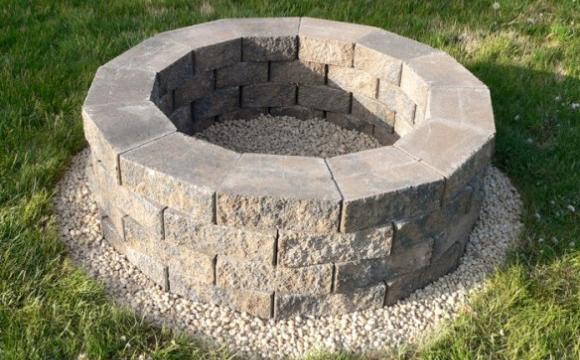
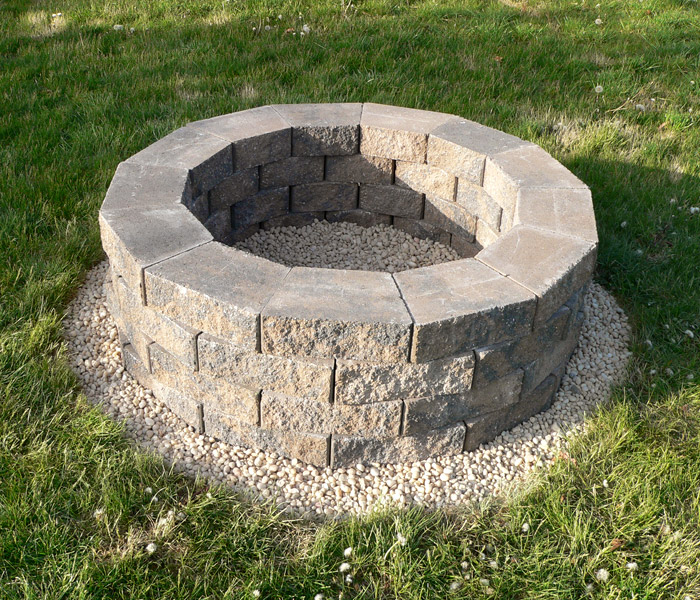

 Although the lake water can be captivating, your home will increase in desirability if you spruce up your landscaping by adding trees, shrubs, and bedding plants to your property. The concept of curb appeal applies to lake homes as well as suburban ones.
Although the lake water can be captivating, your home will increase in desirability if you spruce up your landscaping by adding trees, shrubs, and bedding plants to your property. The concept of curb appeal applies to lake homes as well as suburban ones.
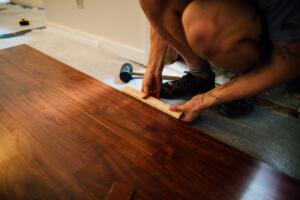 The right flooring can pay you back double your investment when it comes time to sell. This is especially true with lake homes, where sand and water can take their toll on traditional flooring. Good choices for lake homes include vinyl flooring, which is virtually impervious to water and cleans up easily.
The right flooring can pay you back double your investment when it comes time to sell. This is especially true with lake homes, where sand and water can take their toll on traditional flooring. Good choices for lake homes include vinyl flooring, which is virtually impervious to water and cleans up easily.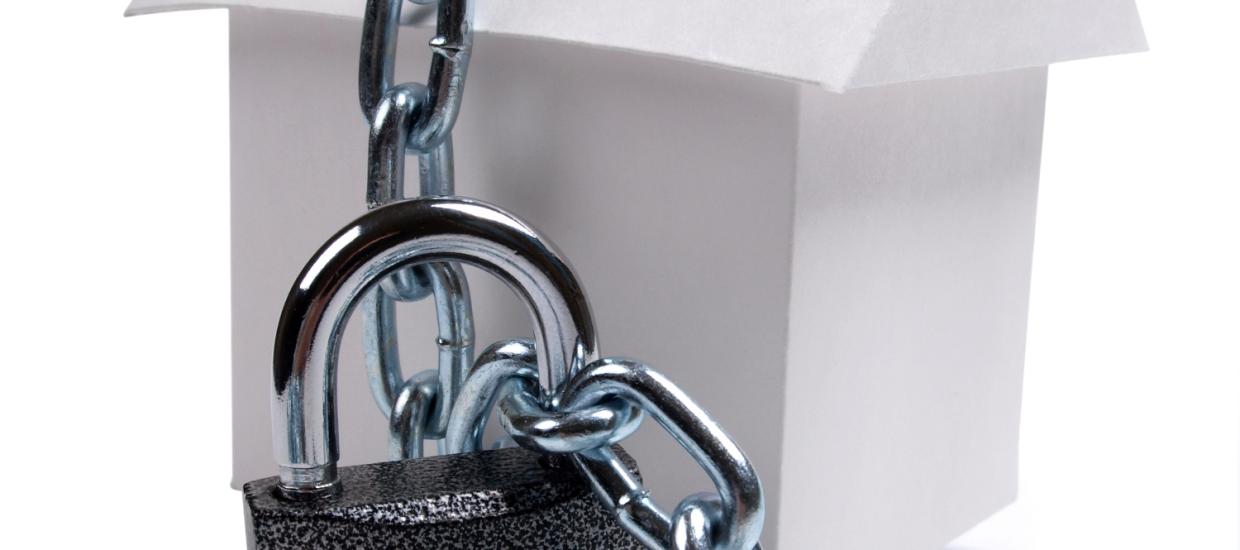

 A final step you can take is to remember to unplug your appliances, including toasters, computers, printers, televisions, and lamps. It takes very little time, but will make a huge difference by helping you to avoid future power surges.
A final step you can take is to remember to unplug your appliances, including toasters, computers, printers, televisions, and lamps. It takes very little time, but will make a huge difference by helping you to avoid future power surges.